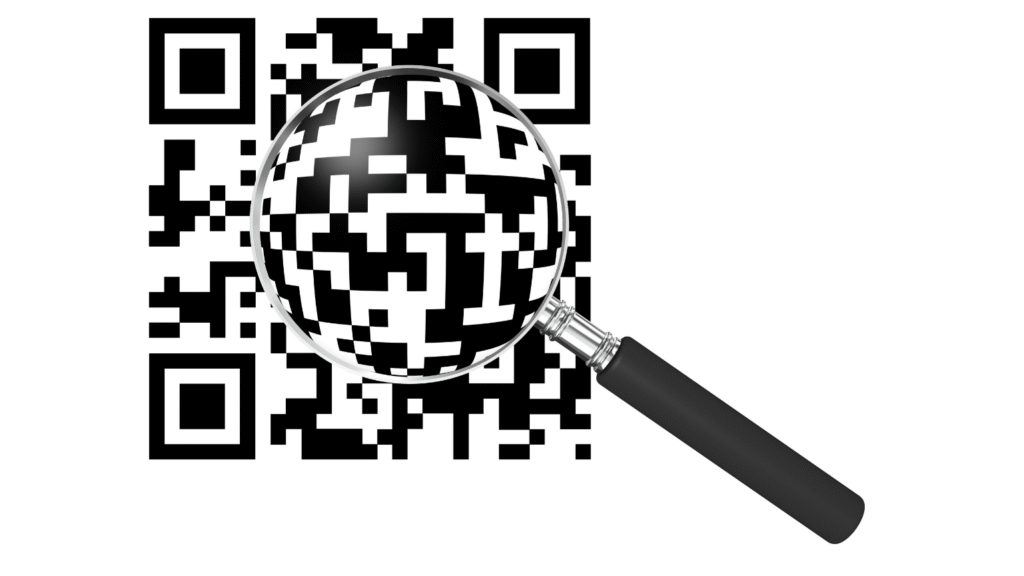QR code scams have dramatically increased as QR codes have become a common tool in business, from supplier invoices to office check-ins, event access, and marketing materials. “Quick Response” (QR) codes are a two-dimensional barcode that can be scanned to access information, usually a website URL. The convenience brings new risks, as criminals now exploit QR codes to deliver malware, steal login details, and intercept payments, all with a single scan.
Be Careful: Watch for QR Code Scams
If your team uses QR codes regularly, this is a threat you can’t afford to overlook. By understanding how scams work and educating staff on what to check before scanning, businesses can reduce exposure to one of the fastest-growing forms of cybercrime.

How QR Code Attacks Work in a Business Setting
QR codes don’t show you where they lead, and attackers know this. They exploit that trust by replacing or faking QR codes in common business workflows, such as:
Fake invoice or supplier payment redirects
Criminals edit legitimate-looking invoices to replace the bank details with QR codes that link to fraudulent payment pages.
Internal phishing disguised as IT or compliance
Staff receive a QR code in an email or on a printed memo, claiming to be for a security check, policy update, or MFA revalidation. The link goes to a spoofed login page designed to steal credentials.
Event badge or venue access scams
Attendees at conferences or networking events scan fake check-in codes that infect personal devices with malware, which may later be used to access company systems.
QR-based delivery or document portals
Emails from what looks like a courier, client, or file-sharing platform ask staff to scan a QR code to retrieve an urgent delivery or contract. The links install spyware or prompt login input.
Why QR Code Scams Work
QR codes feel routine and harmless but they’re essentially hidden links. Scanning one bypasses many of the warning signs employees have been trained to look for in phishing emails.
And when scanned on a personal phone (outside company protection), that device becomes a weak link, especially if it’s ever used to check business emails, access cloud apps, or join video calls.
Business Risks of QR Code Scams
Credential Theft
Employees may unknowingly enter company logins into fake portals.
Malware Infection
QR-linked downloads can install keyloggers, remote access tools or ransomware.
Payment Diversion
Fake QR codes can trick finance teams into authorising fraudulent transactions.
Supply Chain Breach
If a supplier or client is compromised, you may receive malicious QR links from a trusted contact.
How to Stay Safe from QR Code Scams
1. Never scan unknown QR codes in business comms
Staff should be trained to treat QR codes with the same caution as unexpected links, especially if they appear in invoices, emails or meeting materials.
2. Preview before opening
Use QR scanning tools that show the full URL before redirecting. If it looks suspicious, you must stop.
3. Avoid entering credentials from a QR redirect
If a code takes you to a login or payment page, it’s safer to open the site manually via your browser or trusted app.
4. Secure all devices, not just desktops
If team members use personal phones to access company data, make sure mobile endpoint protection is in place.
5. Raise internal awareness
Run a quick awareness session or send a staff email. Prevention starts with knowing this tactic exists.
Ready to strengthen your business against QR Code Scams?
Amicis Group helps UK SMEs secure staff devices and stop threats before they become breaches, with solutions that are practical, cost-effective, and tailored to the way modern businesses work.
Contact us today for a quick, no-jargon security consultation.
